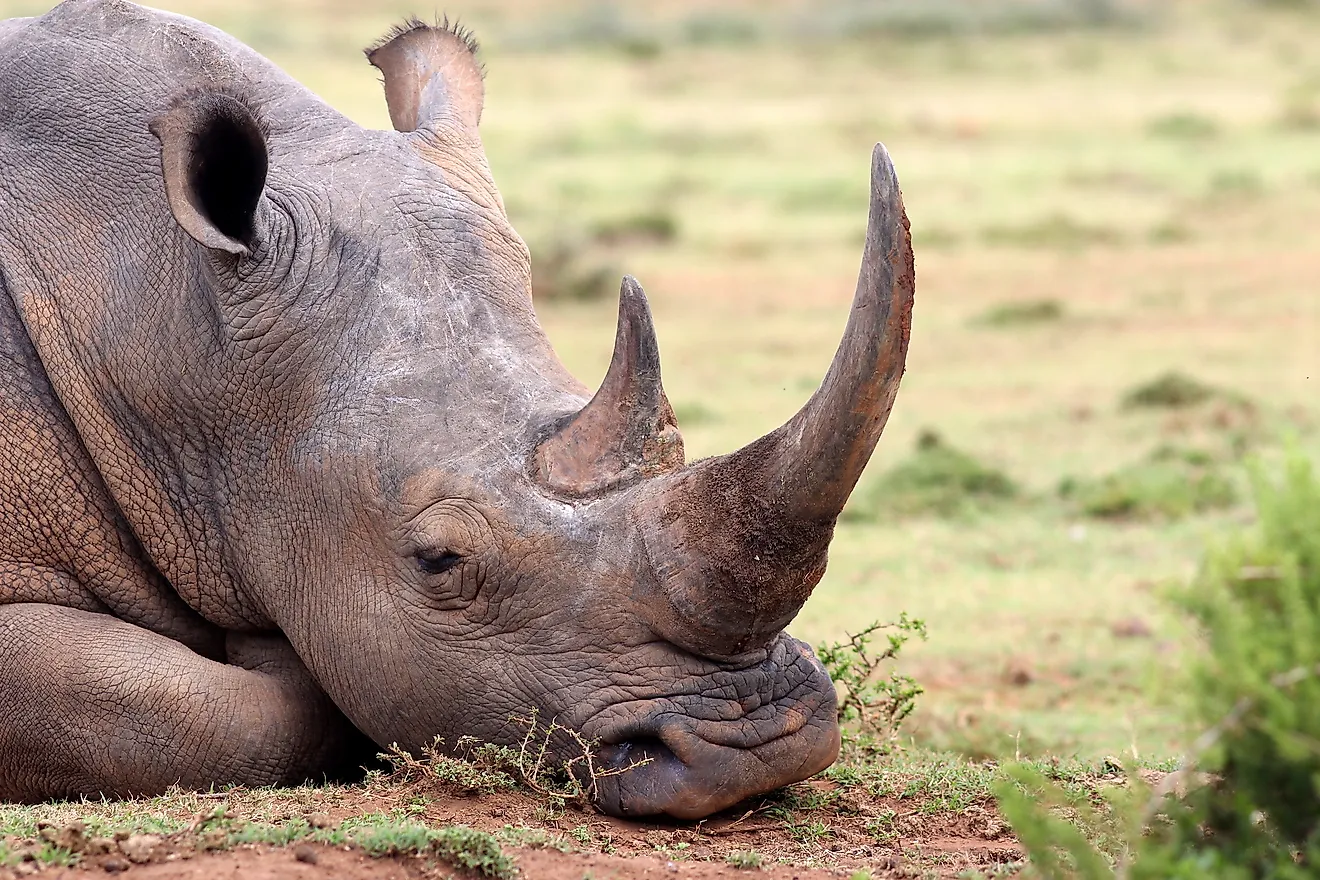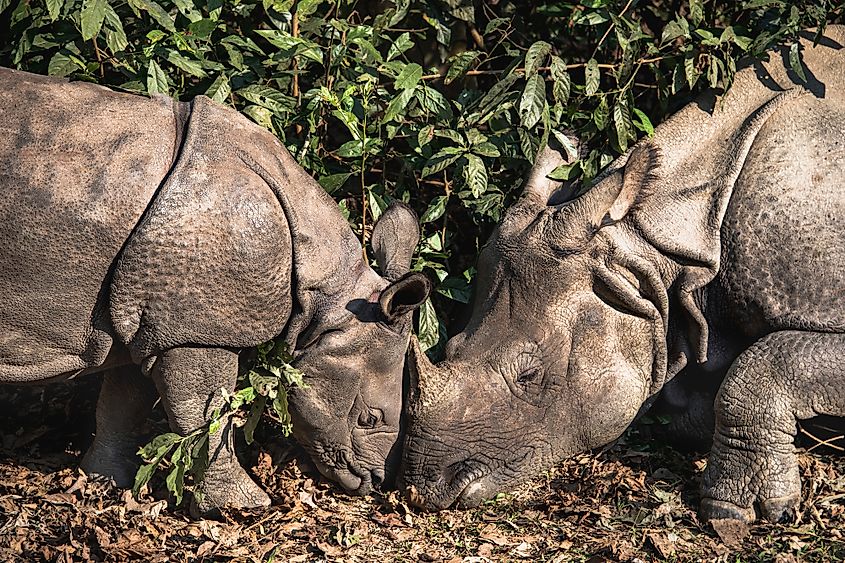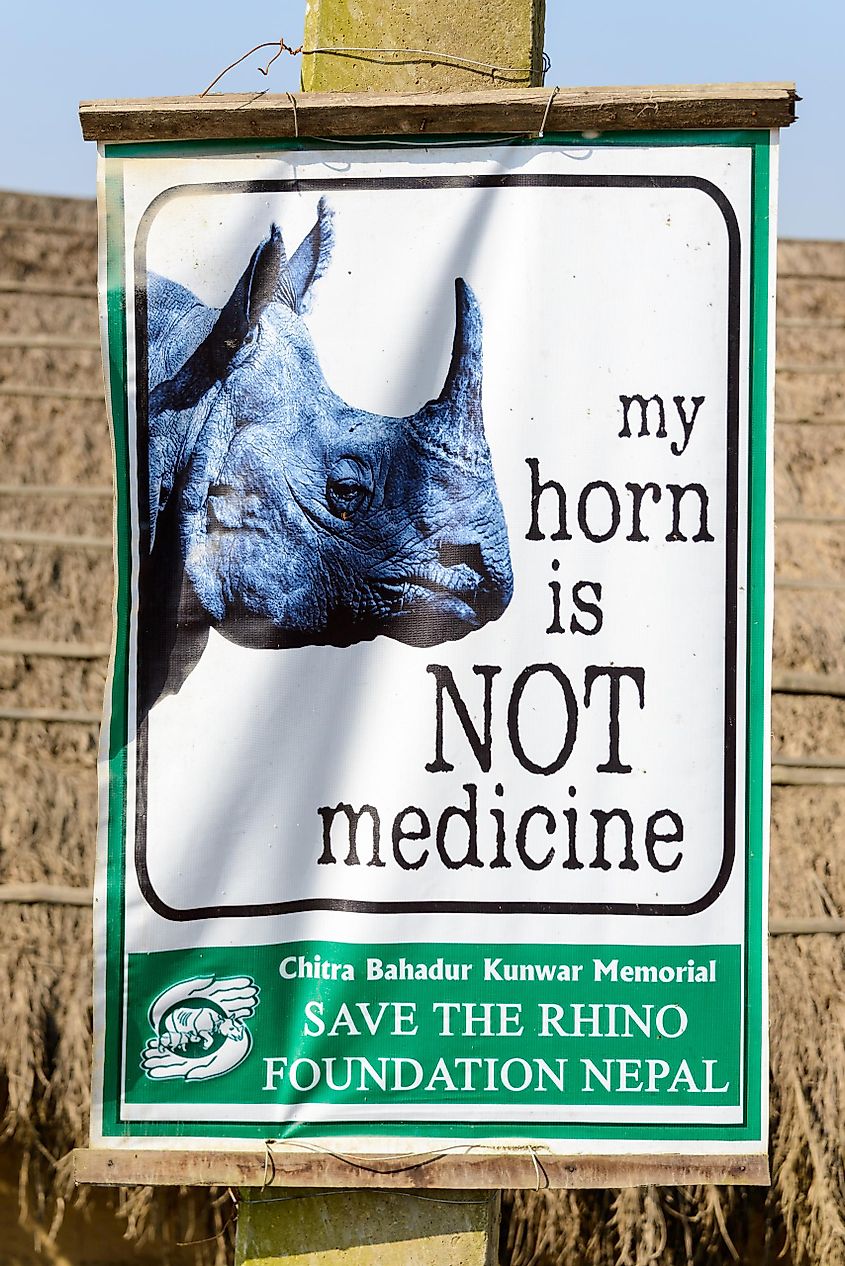What Are Rhino Horns Made Out Of?

- There are only two northern white rhinos still alive on Earth.
- It is illegal to kill a rhino.
- Rhino horns are now more valuable than gold and diamonds at black markets around the world.
There are five species of rhinoceroses left in the world, and most live inside the protection of national parks and reserves. In the wild, rhinos now exist in Asia and Africa, and they once roamed Europe, as we can see through the evidence of cave paintings left from long ago.
African and Sumatran rhinos have two horns, and other forms of the species have just one. All can fetch a lot of money in black markets around the world. Rhino horns are highly prized by some consumers, who want them for various reasons.
So what are these horns made of, that make people want them so badly? Here is a look at rhino horns and the drama that surrounds them.
Hair And Fingernails

It does not sound very exciting, but it is true: rhino horns are actually made of the same stuff as your hair and fingernails, there is just a lot more of it in one place. This substance is called keratin, and it is a fibrous structural protein that is also found in wool, feathers, horses hooves, claws and the outermost layers of your skin. Keratin adds strength to your skin, and is useful as it can be pulled in many directions without being damaged.
According to National Geographic, strangely enough, however, rhino horns can bring a seller $3,000 per pound in South Africa, and even more on black markets in Asia. Rhino horns are now known to be more valuable than gold and diamonds, per pound.
That much money for fingernails? Yes, a lot of people are being fooled, when you really think about it.
The Illegal Rhino Horn Trade

The sad truth is that rhinos have been poached so much that they are facing extinction. The black rhino, as well as the Javan and Sumatran rhinos are now critically endangered. This means they have been characterized by the International Union for Conservation of Nature (IUCN) as animals that are at a high risk of going extinct, and being lost on Earth forever.
Southern white rhinos now living in Africa are classified as near threatened, and their northern counterparts now are extinct in the wild. Only two northern white rhinos are still alive, and these are highly prized, living under constant surveillance in Kenya, in the Ol Pejeta Conservancy.
Technically, it is illegal to kill a rhinoceros for its horn, but many people still do it. In places where rhinos live wild, some people earn so little money that the prospect of earning much from killing just one rhino can be alluring.
Traditional Medicine And Status

Why do people buy rhino horns? These horns are a strong component of traditional medicines used in Asia. Traditional Chinese medicine has recipes that prescribe consuming rhino horn to cure everything from a fever to gout and snakebites, hallucinations and more. Typically, rhino horns are ground up into a powder form and then mixed into boiling water, for a medicinal hot drink.
Does consuming rhino horn really do anything for you, though? The medicinal benefits of rhino horn have no scientific basis. As per scientists, eating or drinking the horn does as much for you as nibbling on your fingernails. Nonetheless, traditions die hard, and the rhino may just die out along with them, if we do not successfully prevent the killing of these animals that have been around on Earth for millions of years.
People also buy rhino horns to consume for other reasons. Some believe the horn to be an effective aphrodisiac (which is false), as well as a cure for a hangover. Others still are seeking status recognition among their peers, and are said to be gifting rhino horns to family members, friends and colleagues as a way to show their appreciation and also boast off their wealth.
Unfortunately, the rhino continues to lose out, and in the future, it may only live on in protected areas and zoos.











